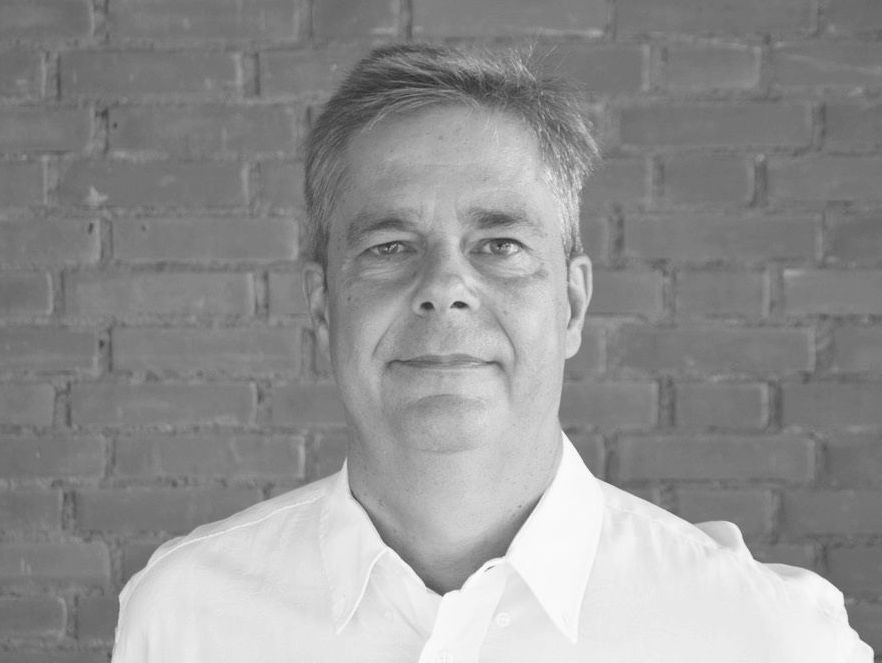This post is also available in:
 Deutsch
Deutsch
The cultural anthropologist and medical historian Prof. Dr. Eberhard Wolff is a research assistant in Popular Cultures at the University of Zurich. In 2010 he curated the exhibition “Zauberberge: die Schweiz als Kraftraum und Sanatorium” at the Landesmuseum in Zurich.
Ursula Reis, subject specialist for history in medicine in the Main Library – Medicine Careum, spoke with Prof. Dr. Eberhard Wolff.

Your exhibition at the National Museum presented Switzerland’s image as a health paradise. Was there really a special situation in Switzerland, different from abroad? Why would a stay in the Swiss mountains be considered particularly healthy?
There were also health resorts in other countries, for example in the Austrian Alps or in the mild climate of the Mediterranean. However, the constellation in Switzerland was particularly intensive for several reasons. The focus was certainly on the natural landscape with its “healthy” mountains, as well as the idea of the health-promoting alpine sunlight, water and air. With its focus on tradition, Switzerland was also considered particularly unspoilt and natural. The focal points for this image were and are products such as Swiss milk or Swiss herbal tea, but also media products such as “Heidi”. Tourism, especially winter sports, also contributed to this image. In their combination, these factors lead, one could say, to a highly concentrated “geography of healthy places” in Switzerland.
Another relevant factor for the success of the Swiss health resorts was that the country was well developed and had a clean and tidy image. You could be in nature and still not leave civilization behind you. The Bircher-Benner Klinik am Zürichberg is a good example. One could board a night train in London, Paris or Berlin and take the tram to Fluntern the next morning. Just a few steps further and you were in another world. The city was still close, but it felt like in the middle of a natural space, with the lake and the mountains in view.

The Landesmuseum actually proposed an exhibition on Birchermuesli. We developed the idea further and soon realized that the topic was so rich, we should aim at an exhibition on Switzerland as a health paradise. I had a key moment in the library when a librarian drew my attention to a 1943 journal entitled “Switzerland – Fount of Health”. In the middle of the Second World War, the Swiss tourism board advertised Switzerland as the “sanatorium of the world” with a special English-language edition of its advertising magazine, depicting the health factors sunlight, air and water.
When I went through the spa collection, I was amazed by the number and variety of resorts advertised. In Switzerland, there were countless small spas, climatic health resorts, hydrotherapies, etc. Was spa tourism really such a mass phenomenon?
Yes, it was. The idea of the spa in the 19th century is a complex phenomenon that has not yet been sufficiently studied. It was about bourgeois self-care, an active use of the body. At the time, anatomical and physiological knowledge was popularized, and family doctor’s books reached high editions. It was the age of industrialization and urbanization. There was great confidence in technical progress and a shift to the natural at the same time. Balneology and medical climatology were part of orthodox medicine. However, the transitions to alternative healing methods practiced in many health resorts were fluid.
The beauty of this brochure collection is that that it shows this diversity. The health resort system is, so to speak, a large lake with many tributaries. There were thermal baths, tuberculosis sanatoriums, clinics for nervous patients, tourist resorts that offered more relaxation and sport, alternative medicine hydrotherapies and so on. Health tourism was an expression of many factors
Such abundance could lead to the impression that every place that was halfway beautifully situated also wanted to be a bit of a health resort. One must consider, however, that such large supply lets assume there was also much demand.
There was much emphasis on rest in the understanding of recovering at that time. Lying in the sun and in the fresh air for a long time fit into this concept. Finally yet importantly, the new middle class could afford to travel and spend several weeks in a health resort for relaxation.
What traces do you still see of these health ideas today?
Self-care – actively working on one’s own body – is still an important topic. Today people speak skeptically of self-optimization. I find that somewhat inappropriate because it expresses a cultural pessimism. Self-optimization is understood as a compulsion, as a constant working on oneself towards a goal that can never quite be achieved. But this self-care can also be understood as a kind of self-empowerment.
Publication (in German)::
Graf, Felix, Wolff, Eberhard, & Schweizerisches Nationalmuseum.
Zauberberge : Die Schweiz als Kraftraum und Sanatorium. Baden: hier + jetzt, 2010
